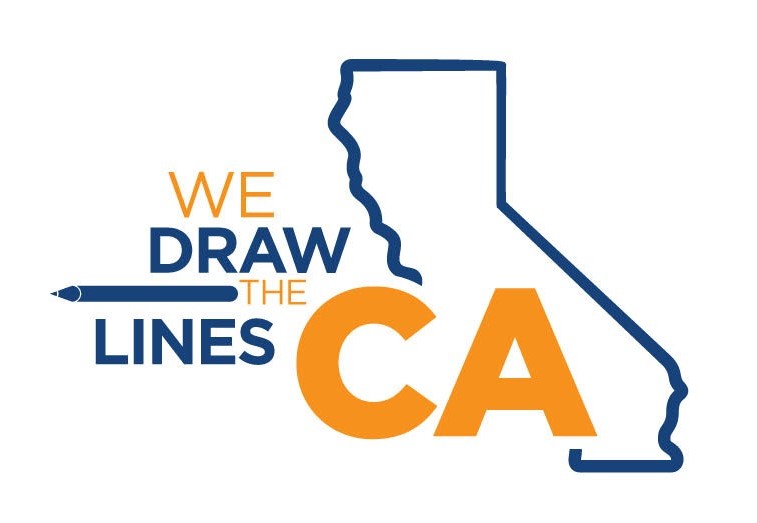California is a growing state—but different communities grow at different rates. Once every 10 years, the federal Census shows us how communities have changed. Redistricting is the process of changing the boundaries of political districts so roughly the same number of people live in every Senate, Assembly, Congressional and Board of Equalization District so that each Senator, Assemblymember and Board of Equalization member represents approximately the same number of people—it’s how we abide by the principle—one person, one vote.
What is the Voters FIRST Act?
The Voters FIRST Act (Act), which voters approved in November 2008 as Proposition 11, changed who redraws the political boundaries for the California Senate, Assembly and Board of Equalization districts. The Act shifts the responsibility for redrawing these boundaries from lawmakers to a new 14-member Citizens Redistricting Commission (Commission). The Act also requires the California State Auditor to implement the application and selection process for establishing the Commission every 10 years. In doing so, the State Auditor first developed regulations to implement the Act, established an application and selection process, and conducted comprehensive outreach to encourage eligible candidates to apply to become a member of the Commission.
The Voters FIRST Act for Congress, approved by voters November 2010, added the responsibility of drawing Congressional districts to the Commission.
What will the Commission do?
The 14-member Commission according to the Act will be made up of five Republicans, five Democrats, and 4 not affiliated with either of those two parties but belong to another party or are decline-to-state. According to the Act, the Commission must draw the district lines in conformity with strict, nonpartisan rules designed to create districts of relatively equal population that will provide fair representation for all Californians. The Commission must hold public hearings and accept public comment. After hearing from the public and drawing the maps for the 40 Senate districts, 80 Assembly districts, and four Board of Equalization districts, the Commission must vote on the new maps to be used for the next decade. To approve the new maps, the maps must receive nine “yes” votes from the Commission—three “yes” votes from members registered with the two largest parties, and three from the other members. The role of the Commissioner is further described here.
What was the process for becoming a Commissioner?
Click here for a flow chart of the process for creating the Commission. The State Auditor established a multi-phase application process. The first or initial application was reviewed to determine whether the applicants met certain requirements set forth in the Act. After completing this initial application, those applicants that appeared to meet the basic requirements proceeded to the next phase of the application process. Those applicants wishing to continue in the process were required to complete a supplemental application and send 3 letters of recommendation by April 19, 2010 5pm. This supplemental application had to be completed to continue in the process.
A three-member Applicant Review Panel reviewed the supplemental application and all three required letters of recommendation that applicants submitted. The panel identified 120 of the most qualified applicants—40 Democrats, 40 Republicans, and 40 that are either decline-to-state or belong to another party. The panel interviewed nearly 120 to identify 60 of the most qualified applicants consisting of three subpools—20 Republicans, 20 Democrats, and 20 who are either decline-to-state or belong to another party. On September 29, 2010, the State Auditor provided the four legislative leaders (two in each house) with a list of the names of 60 of the most qualified applicants. The legislative leaders exercised their option of eliminating two names from each of the subpools and submitted the list of remaining applicants to the BSA on November 12, 2010. On November 18th, the State Auditor randomly drew the first eight commissioners from the list of names remaining in each of the subpools—three Democrats, three Republicans, and two that are either decline-to-state or belong to another party. Those eight commissioners selected the remaining six members. The State Auditor completed another rulemaking process to develop regulations regarding how those six remaining commissioners would be selected, and submitted those to US DOJ for approval, which it received in November 2010.
The selection process is more fully described here.
What were the timelines?
See this flowchart for more timelines. The list below provides timelines for completed items or those in progress.
- The State Auditor adopted regulations implementing certain provisions of the Act. Further, the U.S. Department of Justice “precleared” the regulations on December 18, 2009.
- The Applicant Review Panel (panel) was randomly selected at 10:00 a.m. on Monday, November 16, 2009. More information on the panel can be viewed here.
- The initial application period to apply to be on the commission began on December 15, 2009 and continued through February 16, 2010.
- The State Auditor completed a new rulemaking process.
- The required supplemental application period began on February 17, 2010 and continued through April 19, 2010. Tentatively eligible applicants from the first phase were required to complete the supplemental application on-line to continue in the process.
- The panel reviewed and evaluated application materials and narrowed the applicant pool in a series of public meetings.
- The panel invited 120 of the most qualified applicants to interview 40 Democrats, 40 Republicans, and 40 not affliated with either party to identify the final 60 applicants.
- The panel submitted the list of 60 of the most qualified applicants to the Legislature on September 29, 2010.
- Proposition 20 passes in November 2010 and adds responsibility of drawing Congressional lines.
- Legislature submits list of applicants remaining in the pool on November 12, 2010.
- State Auditor randomly selects the first eight commissioners on November 18, 2010.
- First eight commissioners select remaining six members on December 15, 2010.

